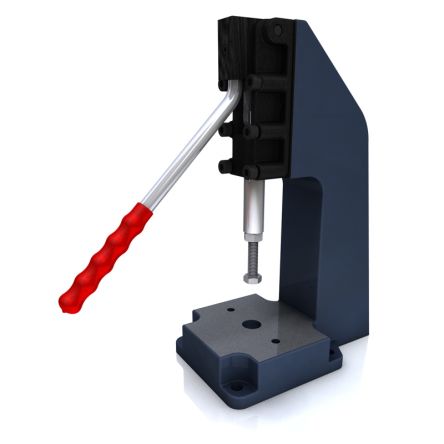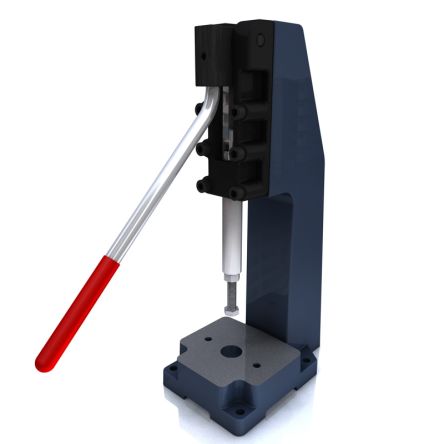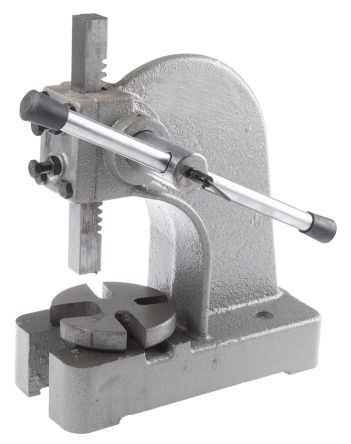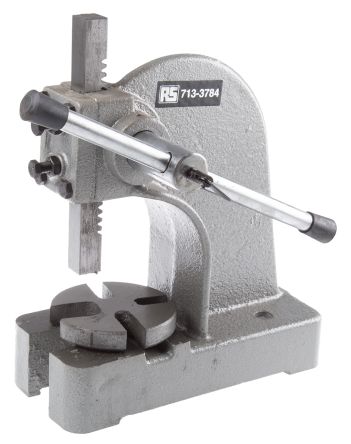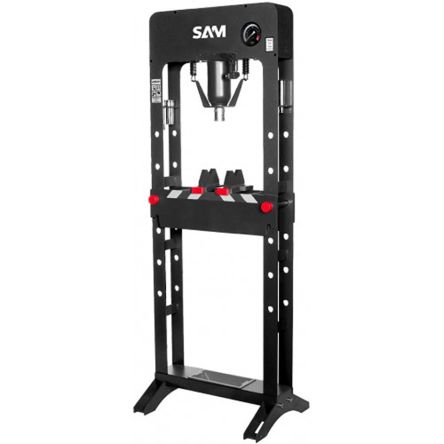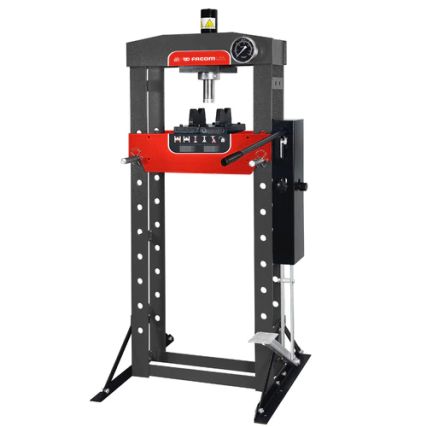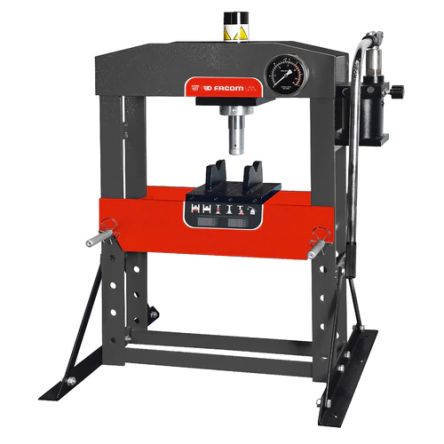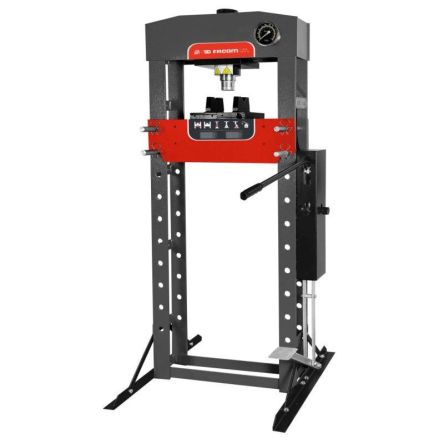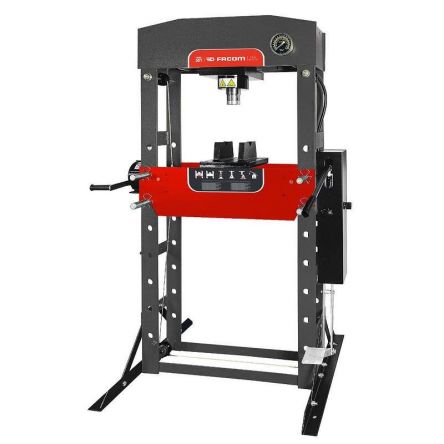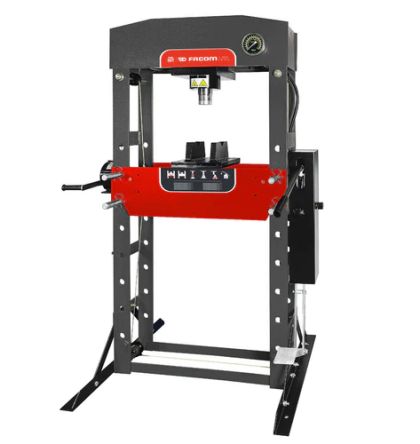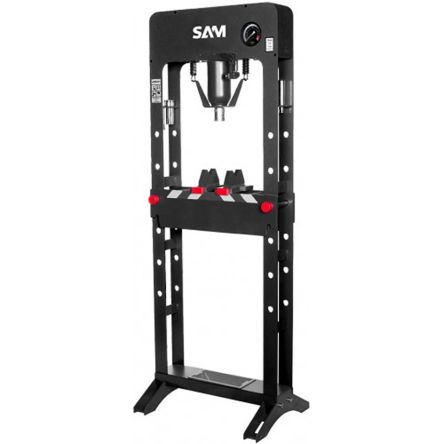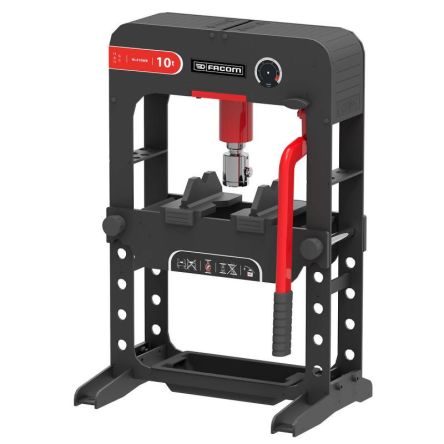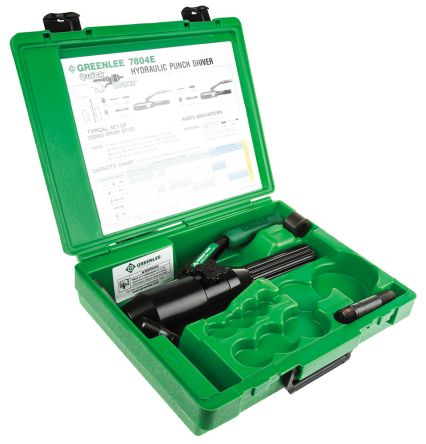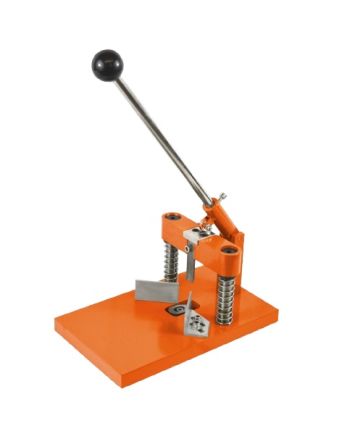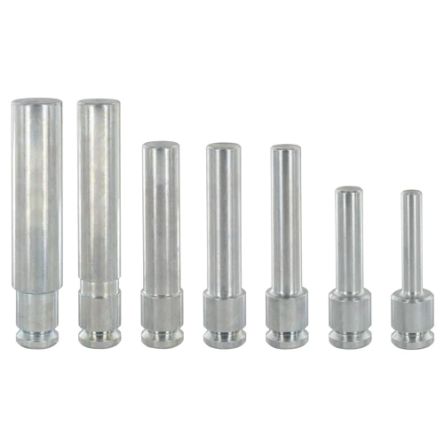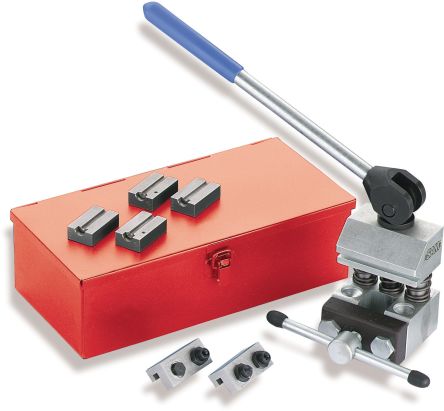- Automation & Control Gear
- Cables & Wires
- Enclosures & Server Racks
- Fuses & Circuit Breakers
- HVAC, Fans & Thermal Management
- Lighting
- Relays & Signal Conditioning
- Switches
- Batteries & Chargers
- Connectors
- Displays & Optoelectronics
- ESD Control, Cleanroom & PCB Prototyping
- Passive Components
- Power Supplies & Transformers
- Raspberry Pi, Arduino, ROCK, STEM Education & Development Tools
- Semiconductors
Machine Presses
Machine presses are used to create or change the shape of a workpiece by the application of high pressure in manufacturing processes. They are commonly used in garage and workshop processes, specifically metalworking processes such as sheet metal fabrication, metal extrusion processes, and metal forging. The type, size and strength of the machine press you will need depends on the specific requirements of your project or industry, so it is important to familiarise yourself with the different types of machine press and their strengths.
What types of Machine Presses are there?
There are many types of machine presses that vary in size and strength, but they can be grouped into three main types: pneumatic, mechanical, and hydraulic.
Pneumatic presses collect reservoirs of air that can then be used to apply pressure. They can move faster than other types of press and can perform several cycles easily. As they have fewer moving parts, they are relatively low maintenance machines. Typical Applications: Riveting, punching, assembly, crimping, bending, press-fit.
Mechanical presses use mechanically-operated leverage to form, shape or cut materials, with the rotational energy of the motor transformed into pressing force. Faster than a hydraulic press, the application of force can vary in both speed and magnitude with a mechanical press, meaning accuracy is essential. Typical applications: Metal forging, sheet metal working.
Hydraulic presses rely on the differences in fluid pressures when fluid is pumped through the system of channels and cylinders, simultaneously increasing and decreasing the fluid pressure above and below the piston. Typical applications: Forging, moulding, clinching, blanking, punching, metal forming, deep-drawing.
